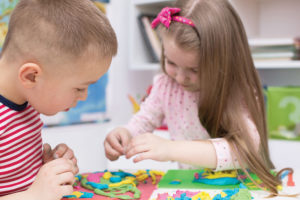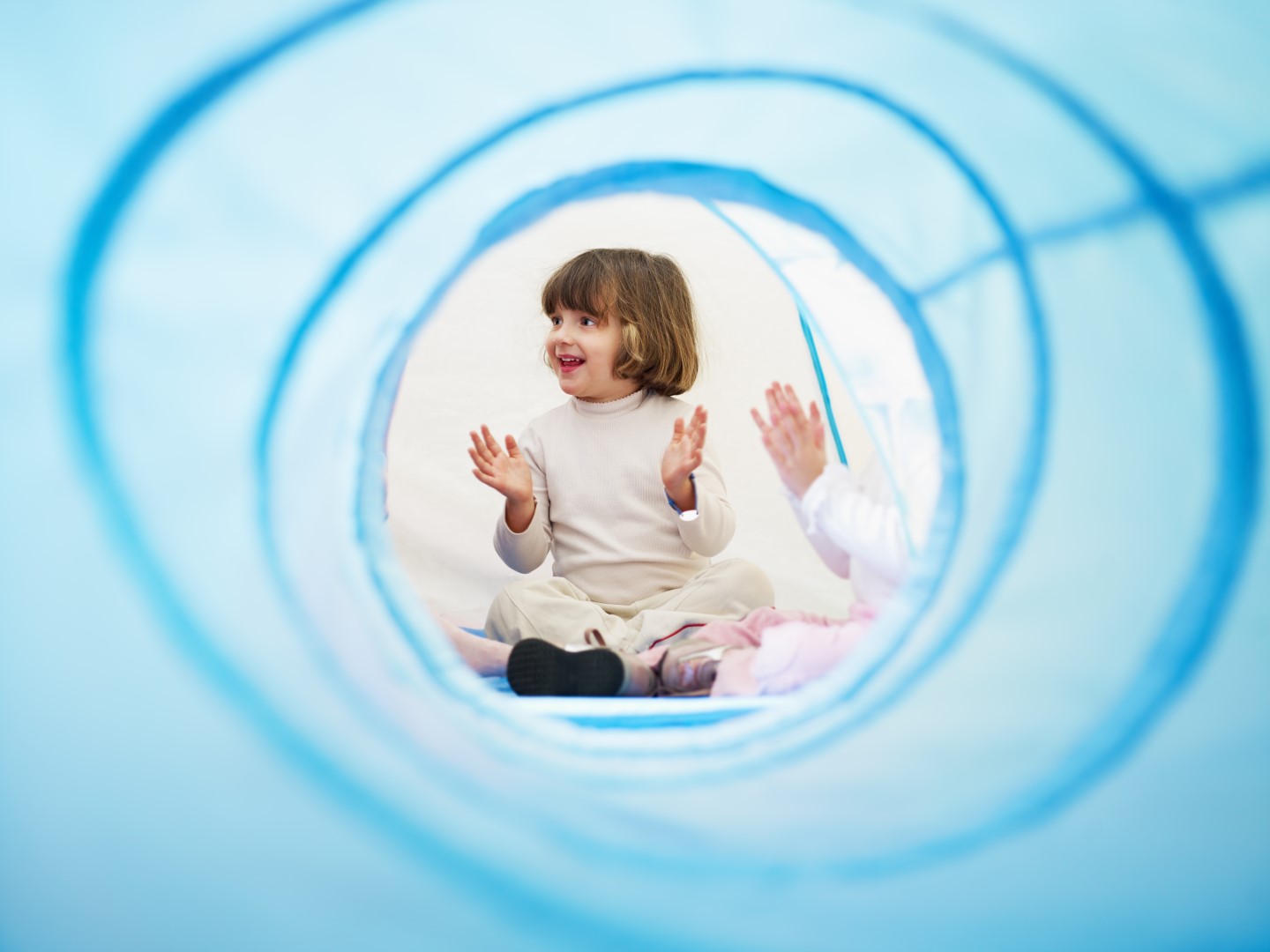What to look for in a Quality Early Childhood Environment
What children should experience and do
In a high-quality service, children:
- show a strong sense of belonging and comfort in the centre;
- spend most of their time in child-initiated play-based activity;
- actively explore an environment designed for learning;
- express their happiness and take pleasure in the company of others;
- make decisions, ask for things and choose whether or not to participate;
- have sustained conversations with other children and adults;
- show growing independence, are aware of what they can do well, and what they can do with assistance;
- feel comfortable asking adults for help;
- experience being teachers as well as learners, and their expertise is valued and called on;
- show creativity, express themselves in art, music, dance and imaginative play;
- learn useful strategies for managing their behaviour;
- learn about their community and the wider world; and
- who are unsettled are settled in a positive way.
What adults should do
In a high-quality service, adults:
- respond to children with warmth and affection;
- comfort and reassure children promptly and with care;
- respond to children’s needs and preferences through flexible routines and timetables;
- are familiar with individual children’s interests and strengths, and provide for them;
- respect children’s choices of activity;
- suggest ways of extending activities to challenge children;
- help children to persist when faced with difficulties and to overcome setbacks;
- ask questions that encourage and extend children’s thinking and learning;
- become more informed about topics of interest to children;
- are knowledgeable and skilful in their support for children’s play and learning;
- actively respond to infants and toddlers varied communication; and
- respond to children’s interest in reading and books through skilful shared reading.
Educators should be able to explain to parents how they identify children’s interests and strengths; how they use this information to make learning exciting and meaningful; and how they involve parents/whānau in this process.

High-quality environment
The quality of the learning environment has a significant impact on learning outcomes for children. The environment of a service, both inside and outside, should be attractive and stimulating, inviting curiosity and exploration. The environment, resources and equipment should meet the specific needs of the infants, toddlers and young children attending.
In a high quality service:
- thoughtful consideration is given to the way the learning environment is presented;
- adults minimise risks to children’s safety while still providing a challenging environment;
- equipment and materials are selected to meet the emerging interests of children;
- resources are open-ended and can be used in many ways;
- resources are accessible to children at their level;
- adults ensure materials and resources are available for sustained periods of time;
- children have the freedom to choose equipment and resources, as they require them;
- children move easily inside and outside easily;
- children are surrounded by messages that are in writing, pictures and photographs; and
- the environment and resources are safe and hygienic.
Educators should be able to explain to parents/whānau how they ensure that they have a well-resourced and safe learning environment for children, and how families can contribute to this outcome.
Again, it is important to choose the right setting for your child and family. Do some research on the different settings and services. Look at their website and social media, visit them in person with your child. See how your child/ren feels and respond while in the setting, ask questions and make an informed decision based on how you feel and if it meets your needs.
Good luck on this adventure – remember, you know your child the best and have their best interest at heart, trust in the decisions you make, I am sure you’ll find the right fit.


All comments (1)